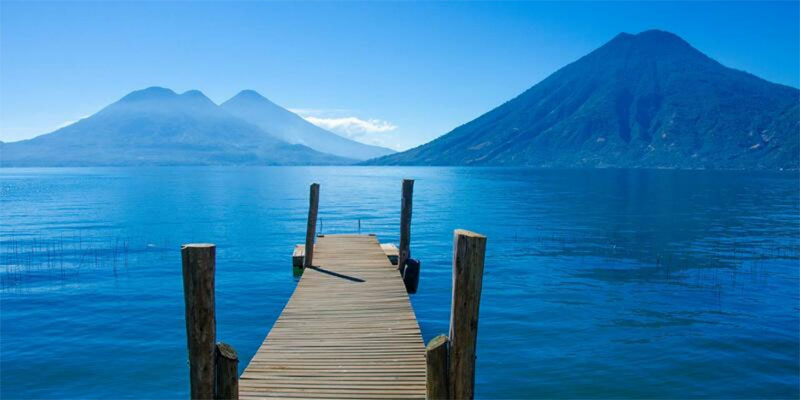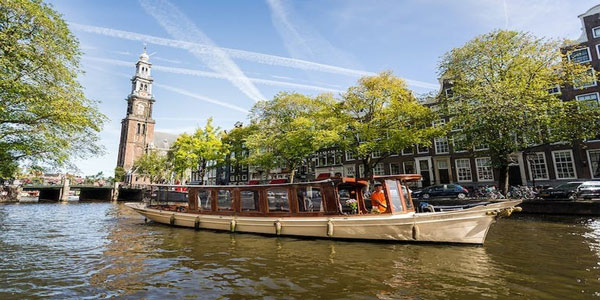Many scuba divers see the chance to travel to other countries and dive in various locales as the ideal method to gain experience in new environments and enjoy novel difficulties. Not only will the marine fauna differ from place to country, but so will the services, equipment, as well as depth of water. Therefore, both the expert diver and the novice need to know where the best diving places are and the amenities they provide. Being knowledgeable means smooth and stress-free travel, not to mention the possibility of visiting some of the world's greatest and most renowned diving sites.
Top 7 Diving Spots In Central America
1. Belize's Ambergris Caye
Ambergris Caye in Belize tops the list because it is part of a group of islands that all have access to the country's second coastal ecosystem system. Ambergris Caye is a huge and popular destination that can be reached from several major U.S. airports with a simple connection. Here, scuba divers may explore the legendary Great Blue Hole, around a kilometer in diameter and 500 meters deep. This sinkhole is home to a large variety of exotic fish and plants you won't find anywhere else, making for a unique and memorable diving experience.
2. Costa Rica's Isla Del Coco
Visit Isla del Coco throughout Costa Rica, the biggest deserted tropical island in the world, for a one-of-a-kind diving experience. The two-day boat ride may be difficult to organize, but it's well worth the effort. Diving off Isla del Coco is like entering a marine paradise, even though it's just 300 miles from the mainland and its bustling jungles. Due to the abundance of marine life, it was designated a World Heritage site, and today, it attracts many seasoned divers. Some people get to see bottlenose dolphins and hammerhead sharks. Shark sightings are more likely to occur in June, July, and August, so it's important to schedule your vacation accordingly.
3. Honduras' Bay Islands, Part Of The Mesoamerican Barrier Reef

The second largest coral reef in the world is found in the Caribbean seas of Honduras, namely on the Bay Islands of Guanaja, Roatan, as well as Utila. This reef is known as the Mesoamerican Barrier Reef and is famous for its magnificent beauty and rich marine life. This reef is sometimes one of the best accessible dive spots in the region, being just a short swim from the mainland, and it is also one of the most reasonably priced. It is possible to go scuba diving inside the Bay Islands at any time of year, and several of the islands even have dive shops and schools for those who require them.
4. Corn Islands, Nicaragua - Blowing Rock
In Nicaragua's Corn Islands, visitors may experience a change of pace since the islands have been spared from the ravages of modernization. Here divers may explore unique underwater tunnels and a barrier-reef system that provides a habitat suited for finding uncommon aquatic species. For the novice, there is professional coaching, and for the experienced diver, you have the legendary 'Blowing Rock,' which begins 100 feet deep and surges up over the water's surface.
5. Panama's Bocas Del Toro
Bocas del Toro in Panama is worth a visit for its superb diving conditions throughout the year. Soft and tough reef systems, including staghorn and elkhorn coral, are available for divers to explore between Hospital Point and Zapatillas Cayes. Direct flights to the region are unavailable, although connecting flights by San Jose, Costa Rica, are available. It costs about $4 to take a water taxi from Bocas Town, or you may drive a rental vehicle there.
6. Costa Rica Isla Del Cao
The Costa Rican diving spot Isla del Cao has earned acclaim as an attractive and reasonably priced destination. Just 10 miles from the Costa Rica mainland, divers might discover several tropical species and marine life to appreciate here. This is the spot to go if you want to see some unusual marine life, such as white-tip reef sharks and enormous pelagic fish. It takes around 45 minutes to reach the island by boat from Drake Bay, but you may make the most of your trip by camping there.
7. Guatemala's Lake Atitlan

Guatemala is a fantastic option if you're looking for a diving destination that's a little off the beaten path. Although this is not a popular place to go diving, the area's mountains and volcanoes provide some beautiful scenery. Scuba diving at Lake Atitlan's altitude and the various undersea wrecks around the south shore will provide exciting new challenges. A 7mm wetsuit is recommended for diving in Lake Atitlan since conditions change throughout the year; coastline dives are milder. Before entering the water, be sure it's safe to do so.
Conclusion
There are whale sharks to dive alongside, sea turtles to snorkel, spotted eagle rays to swim with, and schools of brilliantly colored tropical fish to float above. You can rent everything you need from a reputable diving shop, but if you already have your gear, don't forget your mask, snorkel, rash guard, reef-safe sunscreen, and underwater camera.




